In early September, I asked Fujifilm Canada to loan me an X-T1 along with a few lenses—a 10-24mm f/4, 23mm f/1.4, and 56mm f/1.2 APD. They graciously agreed, so I took it for a spin in and around Toronto, on some scenic rides around Ontario, and on my recent trip to a trio of cities of the future: Hong Kong, Shanghai, and Beijing.
This was a month-long test of the camera in a real environment, meaning that I decided to ditch all my other equipment and only used Fujifilm as my main camera for all the things I regularly do—from street photography to long exposure cityscapes. I don’t enjoy pixel peeping, so instead will talk about ergonomics, image quality, and whether or not this camera is a pleasure to use.
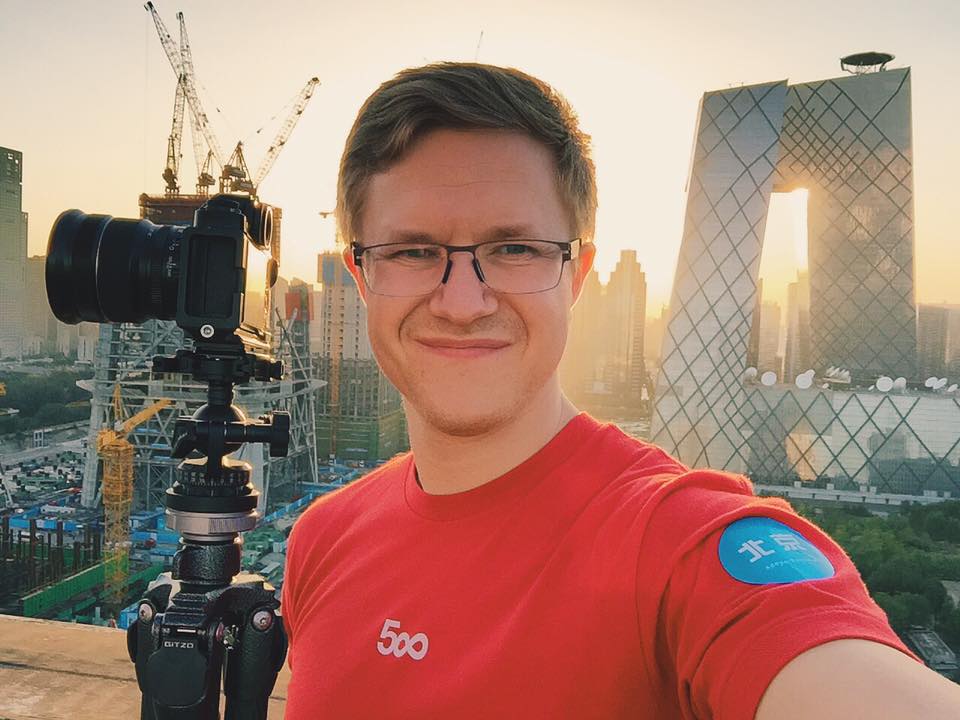
Intro
Firstly, I have to say this is a big change from my Canon 6D or Nikon D810. It is much smaller and lighter, a welcome change, while also feeling very solid. There are no flimsy plastic pieces and the body is magnesium alloy, so it feels as sturdy as a top-of-the-line DSLR.
The camera I got was used (a loaner!), so a couple of controls were a little sticky, but I definitely wouldn’t expect that on a brand new camera.
The lenses I got were also used, except for 10-24mm, which felt extremely tight and brand new (because it was, of course). Other lenses, the 23mm (35mm equivalent) quickly became my go-to lens. When I realized a year ago that I shoot at 35mm so much, I actually bought a Sigma 35mm Art for my Nikon.
I purchased the additional L-plate and occasionally used the Peak Design Capture to hold it on my Mindshift Gear backpack strap while I was walking, which was extremely convenient for that camera (I tried it later with my Nikon—that was a no-go due to weight and size).

Ergonomics
The Fuji X-T1’s dials are different from other cameras I have seen and used. Instead of choosing Program, Aperture, Shutter speed, and controlling this one setting, you kind of have control of all of them in a strange hybrid mix.
You can set any of the dials to Auto, so when all three main dials are on Auto, the camera is literally in a P mode. But when you switch ISO or Aperture (controlled on the lens) to specific value, it acts as Av mode. It’s pretty strange at first, but I later found it to be soothingly convenient because it captures the film era feel.
The grip itself on the camera is alright to hold and operate the camera, but switching dials definitely requires both hands and a few seconds, which makes it a satisfactory street photography camera, but less capable than some DSLRs that feature a faster setup.
The camera is light enough to be strapped with the Peak Design Capture, and light enough that a whole day of walking, even with a tripod, makes for fairly light physical exercise (more on that at the end).
It’s also well weather sealed, so I took it in some heavy rain without any problems. I tend to mildly abuse my cameras with rain and snow, so that’s the feature I wouldn’t want manufacturers to skip on.
The X-T1 has Wi-Fi built in, but I can’t really recommend it. The iOS apps have been sluggish, and I found pairing to be rather difficult. It didn’t work for me 100% of the time, and it doesn’t support RAW transfer (only JPG, and it’s a sized down version too), making it less useful for quality editing and posting on the go.
One separate note about the AF: I love the fact that I can focus anywhere on the screen, as it is fully, one hundred percent covered by AF points compared to any other DSLR. It’s also pretty fast (though not as fast as center point on most DSLRs), and accurate even at night. Some magic technology allows it to focus where you can’t see anything with naked eye, and it’s so convenient that I sorely miss it now that I’m back to my DSLR.
Image Quality
Let’s start with the bad things first: 16 megapixels is not bad, but it’s doesn’t shatter any megapixel records. The new iPhone 6s takes 12mp, and in good light and weather, shooting landscapes, the difference in image quality would be very minor. Of course the large sensor helps in low-light situations, but in day-to-day conditions I’d prefer around 20-22 megapixels.
Side note: I own a 36 megapixel camera, and I think it’s a little too much. It provides a good amount of data and details for a complex scenes, but processing and storing that amount of pixels is taxing, so actually using Fujifilm with 16mp wasn’t too bad, because Lightroom could load it fast.
Another drawback is the base ISO of 200. It just limits what I can do with a camera, and I’ve enjoyed the base ISO of 64 on my Nikon D810 for too long to give it up easily. ISO 200 is pretty clean, but when I wanted to do long exposures mid-day with a 10 stop ND filter, ISO 200 was clearly a limiting factor, not allowing me to get the shutter speed I wanted.
The X-T1 shows a live histogram, so it’s easier to “fit” the whole histogram onto the sensor, which made more of my photos balanced and easier to process. This is definitely hit or miss on DSLRs that show a histogram only after the shot is taken—allowing me to see histogram levels live in the viewfinder is a huge win!
The electronic viewfinder is one of the things I didn’t get at first, but started to love as time passed by. It’s not as convenient when you wear glasses, but if you have good eyesight or wear contacts it offers a clear true picture of what you are about to capture, including light and focus. I found it useful when shooting something with the sun in the picture—I can adjust how the sun’s rays will look without taking multiple pictures like on a DSLR with an optical finder.
RAW files and Fujifilm colours are very very impressive. I found that the RAW is not as flexible and forgiving as on the Nikon D810—I can pull around 2 stops of details before the image quality starts to break down, whereas I can do around 4 stops on my D810—but it’s comparable to a lot of other modern cameras.
However, the colours are outstanding! The absolute one thing Fujifilm did 200% right is to digitize its famous films. I found myself looking at a photo in Lightroom, and only doing some very minor adjustments. Because of that, even my style has changed, so that photos look more natural and less processed than before, which I think is a wonderful accomplishment!
Pleasure to Use
There are some things that I can’t quantify, but I can feel them. This camera makes me feel good. I really enjoyed shooting… and doing it differently, like shooting from the hip, brought an unexpected joy to the process. Messing with the dials is also very satisfactory, especially since all the changes are reflected in real time in the electronic viewfinder or on the back screen.
I mentioned before that the camera is probably an okay street photography camera, since it’s definitely not the fastest autofocus and not the fastest with start-to-shoot times. But despite this, I found that I’m totally content with that.
I’m no longer seeking to capture a single perfect moment, but rather a feeling. So if the photo is a bit blurry or framed a little bit differently, I’ll take it. It feels right, and it feels right at home.
Lenses
I picked 3 lenses because I thought that’s what I needed. A wide-angle lens for cityscapes and landscapes, a classic 35mm for street and wide-angle portraits, and an 85mm-equivalent for beautiful, bokehlicious portraits.
I found that I used the 10-24 and 23mm quite a lot, and especially enjoyed the versatility and the bokeh of 23mm f/1.4. Shooting street scenes after sunset using wide-open lens is a pleasure, and the colours, paired with a sweet bokeh, produced some of the most natural and engaging photos I’ve ever taken took.
I haven’t found much utility in the 56mm f/1.2 (85mm equivalent), so maybe I didn’t have the right opportunities, but I felt that something universal like a 50-140mm f/2.8 (75-210mm equivalent) would have been a better fit during my trip.
Final Thoughts
After a month, I packed up and gave the X-T1 back to the Fujifilm team, thinking that I’d buy one for myself… but later.
I then prepared for my trip to Germany and Italy, packing my Nikon D810 along with a few essential lenses—a 14-24mm, 35mm, 24-120mm. and 70-200mm. This very frugal set weighed so much that my back started to hurt almost immediately after I put on my backpack. Even the camera itself weighed so much more that all the fun was gone immediately. I felt devastated by this bulk.
If I wasn’t sure if it’s a DSLR world or a mirrorless world before, now I know: mirrorless has already won. They won me over—in ergonomics, image quality, but more importantly, by liberating me to explore deeper and go further by not dragging me down with the size and the weight.

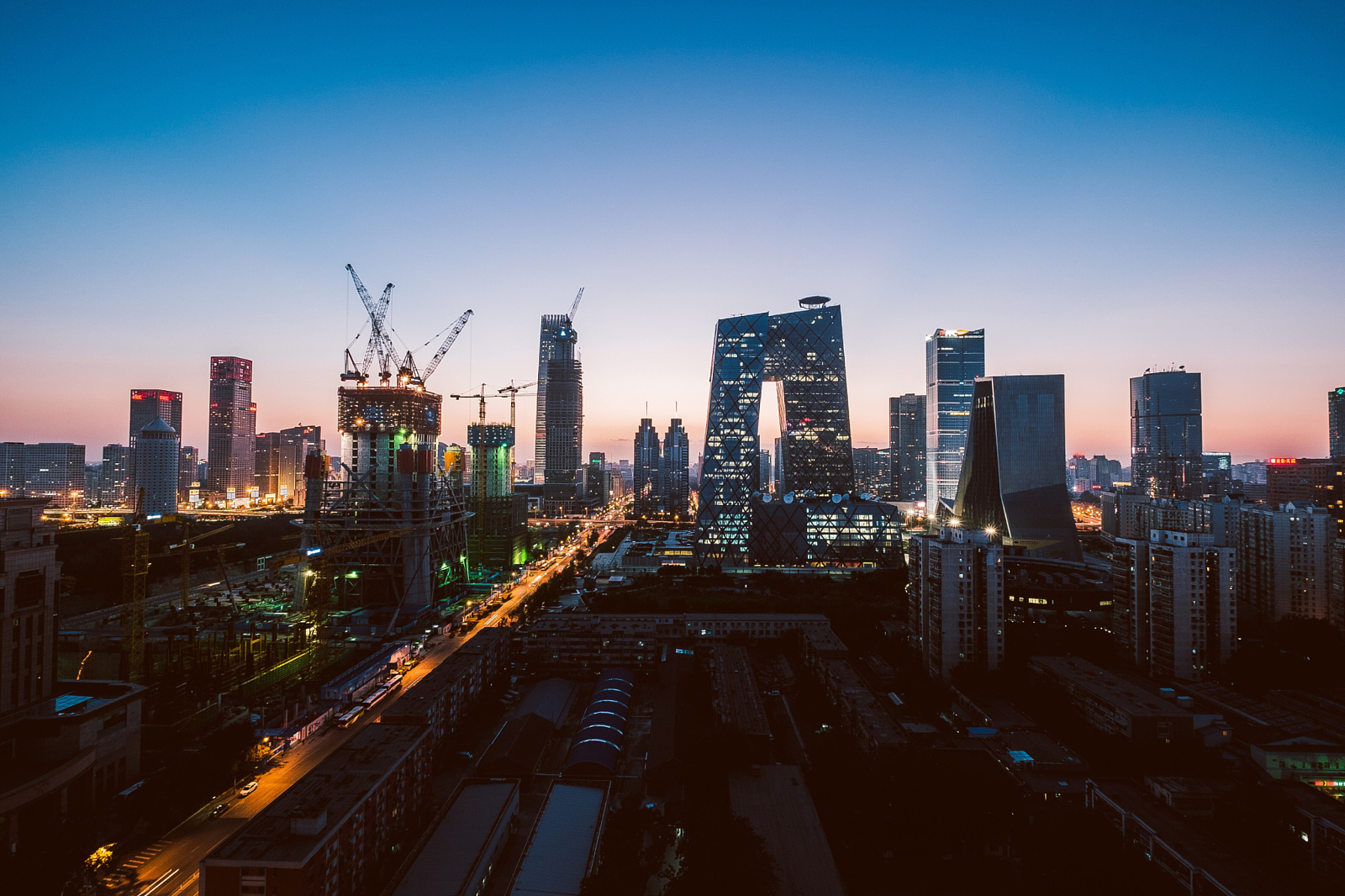








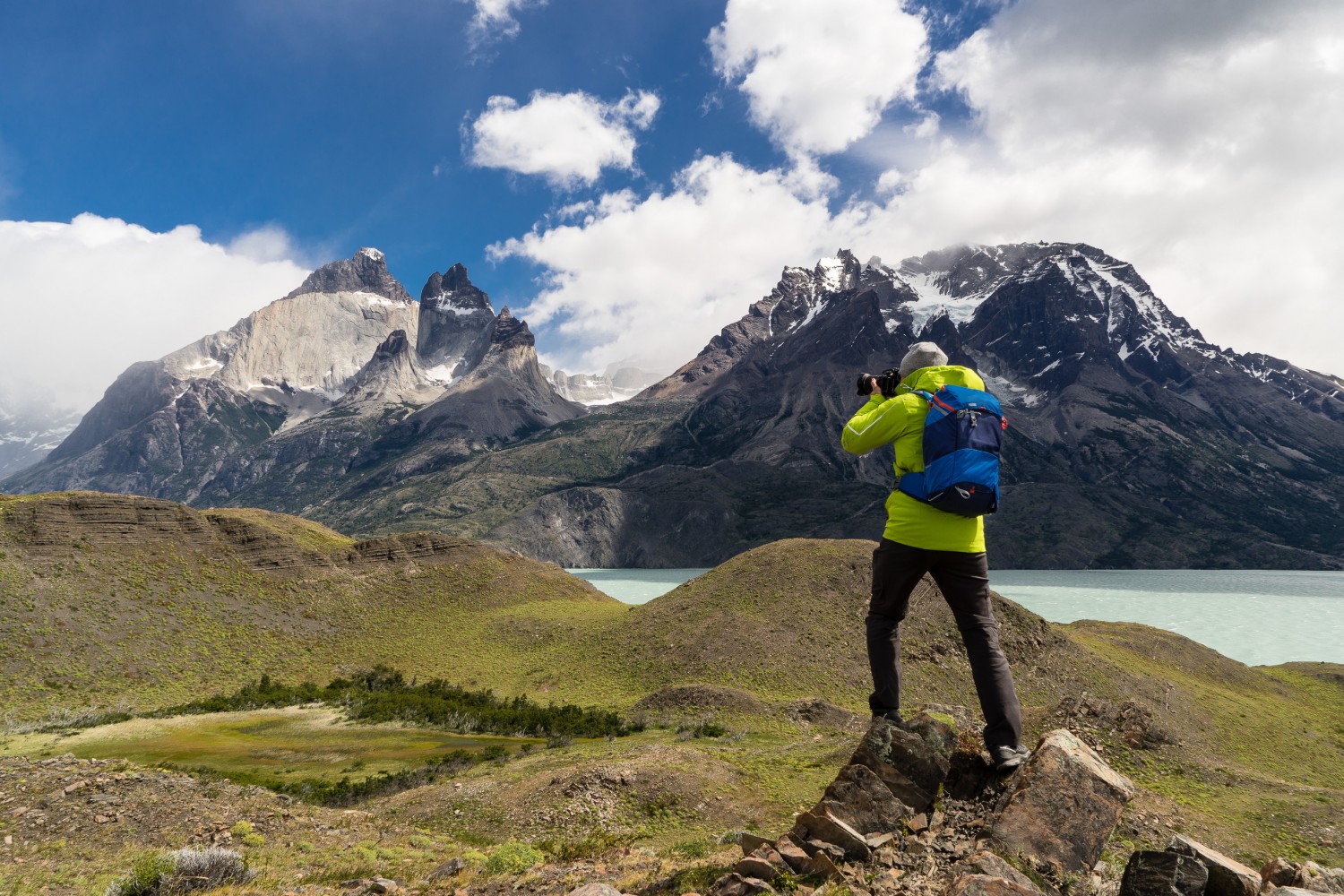
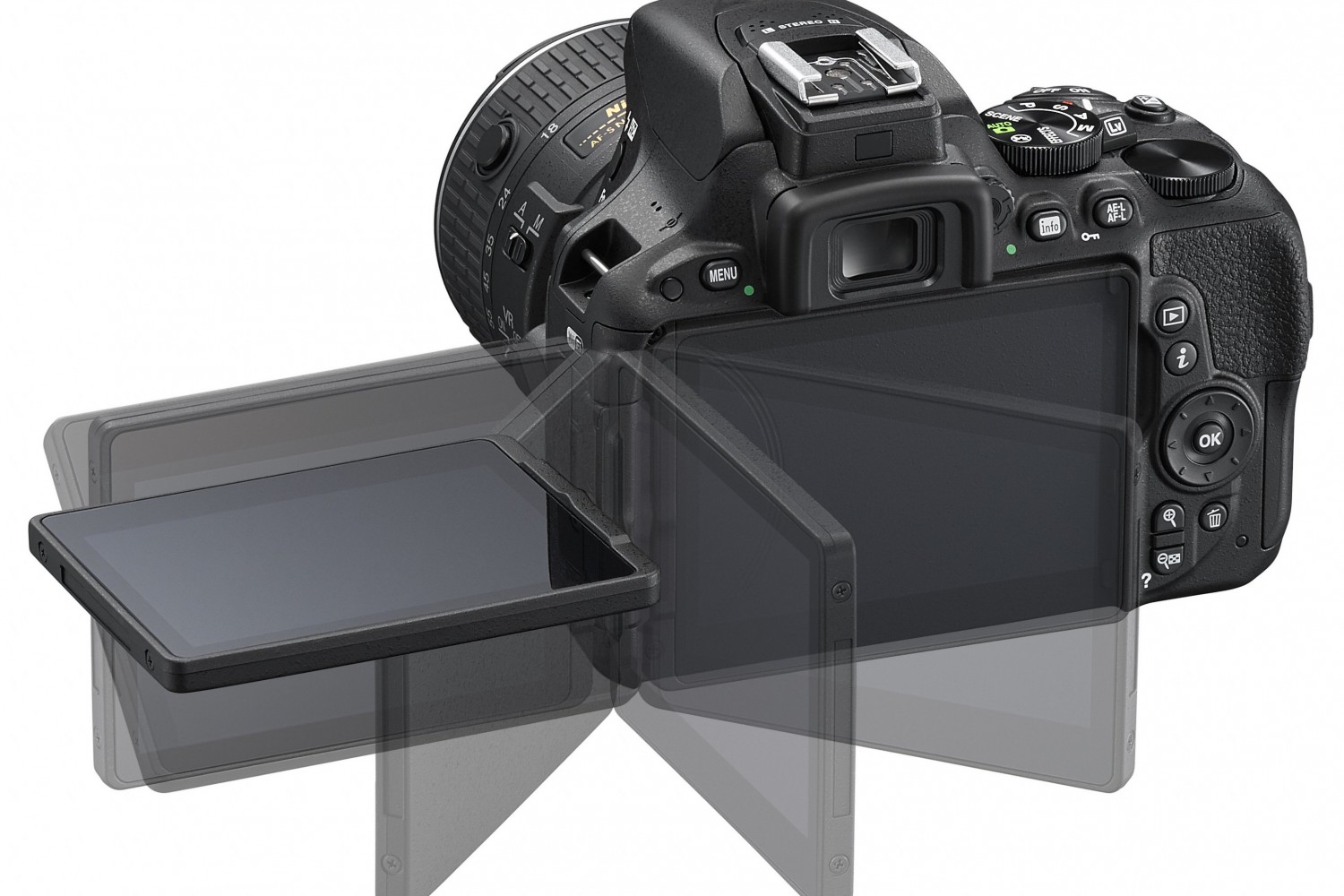
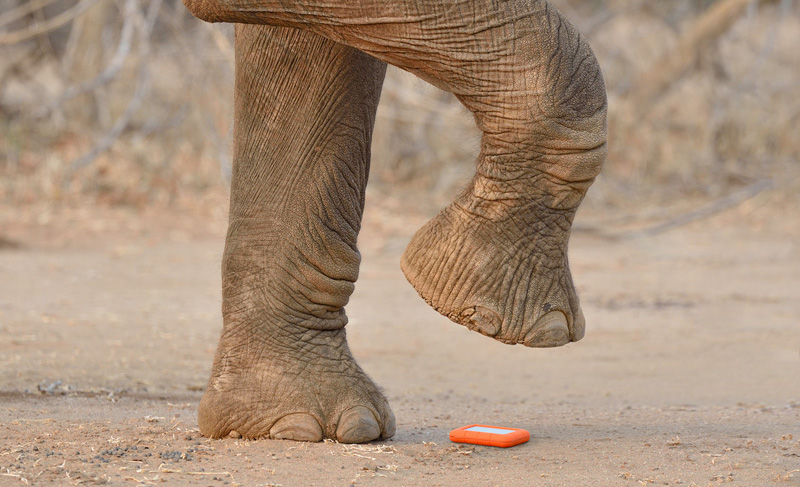
Leave a reply